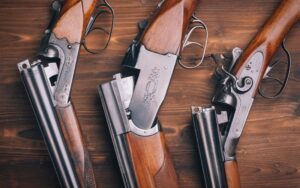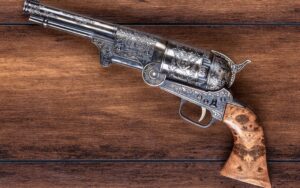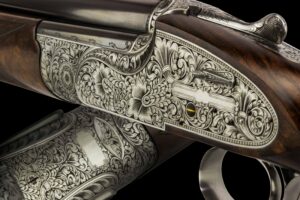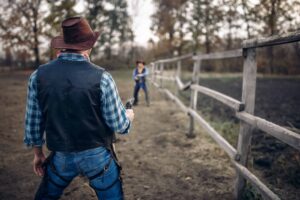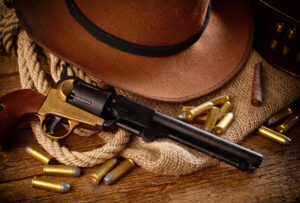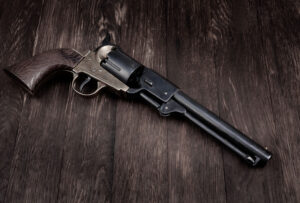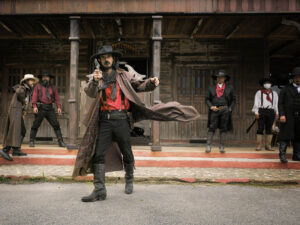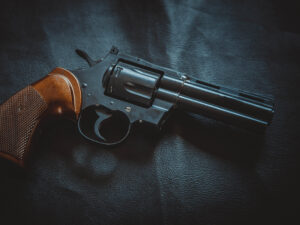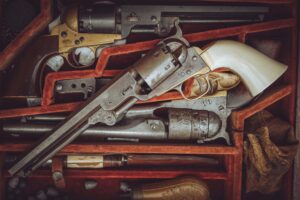
Uses for Non-Firing Replica Guns
Whether you’re a collector, history buff, or cosplay enthusiast, non-firing replica guns offer the perfect balance of realism and safety. These detailed replicas are designed to look and feel like real firearms—without the ability to shoot or be modified to fire—making them ideal for a variety of purposes. Let’s explore how these replica firearms are being used today and why they continue to grow in popularity. What Are Non-Firing Replica Guns? Non-firing replicas are realistic reproductions of firearms that cannot discharge ammunition—not even blanks. Unlike airsoft guns, which shoot plastic pellets, or blank-firing guns used for training and reenactment, these replicas are inert, intended purely for visual and tactile authenticity. Made from high-quality materials like metal and wood, these replica weapons for collectors often feature moving parts (like trigger mechanisms or loading chambers) for added realism, but they pose no functional risk. Top Uses for Non-Firing Replica Guns 1. Historical Displays and Home Décor Whether you’re decorating a study or curating a war-era showcase, gun replicas for display add authenticity and style. From 18th-century flintlocks to WWII-era revolvers, non-firing replicas are a safe and legal way to honour history in your home or office. 2. Film and Theatrical Props In stage productions or on film sets, realism matters—but safety comes first. That’s why prop guns are a staple in the entertainment industry. Directors and prop masters rely on non-firing replica guns for their lifelike appearance and zero risk, especially in close-up or action scenes. 3. Costume and Cosplay Accessories Level up your next convention or Halloween event with replica weapons that match your character’s gear. From Wild West duels to futuristic battles, a well-crafted non-firing gun adds that finishing touch to any cosplay without raising safety concerns in public spaces. 4. Military and Law Enforcement Training For certain types of

